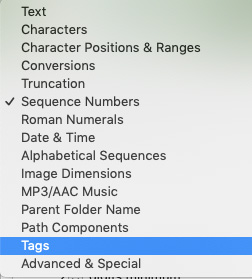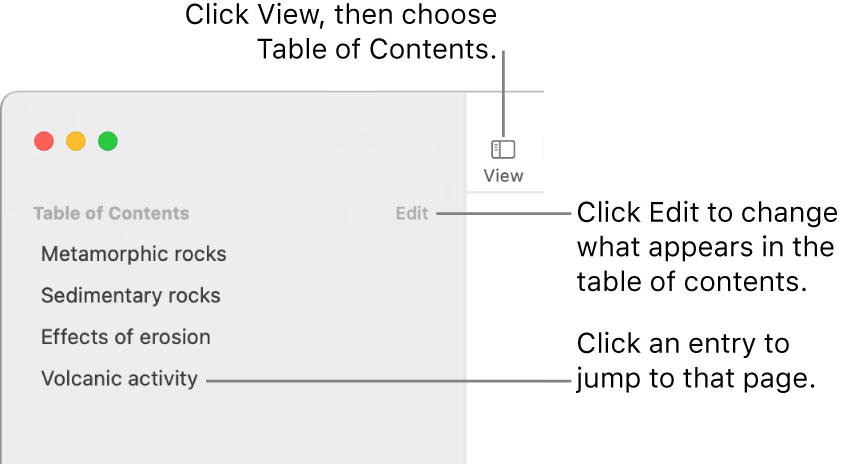
The appeal of desire paths has taken a further twist in the digital age as human-computer interaction and usability designers have begun adopting the language of these intuitive routes. Desire paths as a metaphor for user experience and design by Natalia Klishina

The reasoning is straightforward: if the cars do not need the space in winter, they should not need it at all. Highlighting areas of snow-covered road left untouched by cars reveals ideal places for potential for traffic-calming interventions, curb bump-outs and pedestrian islands. In this case, though the results still serve those on foot, it is the absence of (vehicular) traffic and not the presence of (foot) traffic that can show new ways forward Highlighted sneckdowns of Philadelphia by Jon Geeting of This Old CityĪ similar strategy has been proposed for analyzing ‘ sneckdowns‘ (a portmanteau of ‘snowy’ and ‘neckdowns’) that show up in post-snowfall driving patterns on wintry city streets. These can, in turn, be applied to future from-scratch projects at larger scales, from cross-city trail networks to public transportation infrastructure. General principles for path design can also be reverse-engineered from the specific case studies. Desire paths through vacant lots in Detroit, via Sweet Juniper Emergent desire paths turned into sidewalks over time at Michigan State UniversityĪ number of educational institutions, including Virginia Tech and the University of California, Berkeley, have reportedly waited to see which routes students, faculty and staff would take regularly before deciding where to pave additional pathways across their campuses. In Finland, for example, city officials document where people walk in parks after the first snowfall of the year, then integrate that data into their iterative trail system planning processes. Winter desire paths at the University of Calgary, Canada While these unsanctioned shortcuts can be frustrating to landscape designers, some urban planners look to them as they map out and pave new official paths, letting users lead the way. Desire path made official in Plaistow, London by turnipstealer Physical barrier drives creation of new desire path by NotpanĪttempts to curb the use of more everyday desire paths through signage or physical barriers can have mixed results, including the creation of new and different alternatives, equally frustrating to those who would block their growth. In some cases they also reflect a greater degree of intentionality, starting organically then being manually carved out as irrigation channels or for use as trenches during times of war. Holloways generally reflect a confluence of conditions, including heavier usage by vehicles, softer ground materials and high desirability (for instance: a major route between towns or cities). A sunken way in Witley, Surrey by SovalValtos Many of these semi-subterranean routes have formed over hundreds or even thousands of years, eventually appearing more like a tunnel than a pathway.

In Europe and the Middle East, ancient sunken lanes known as ‘ holloways‘ (or: hollow ways) represent a particularly extreme expression of the desire path phenomenon.

A hollow way (chemin creux) at La Meauffe, Manche, France by Romain Bréget ( CC BY-SA 4.0) Non-landscape analogs can be found in the forms of well-worn interior floors, sunken stone staircase steps or even the bruised sides of wooden doors, where people naturally press the same place each time to open them. Some present obvious shortcuts or offer less-steep courses while others allow people to avoid alarmed exits or address regional superstitions. Such unstructured routes can develop for all kinds of reasons. Desire path in Russia to avoid a ‘ Devil’s Gate‘ (чёртовы ворота) pole configuration These paths frequently become self-reinforcing: others intuit the potential advantages of a newly-forming route and follow it, thus eroding it further and enhancing its visibility. Informal ‘ desire paths‘ can form with as few as fifteen traversals of an unpaved route, creating spontaneous new trails shaped by pedestrians effectively voting with their feet.


 0 kommentar(er)
0 kommentar(er)
